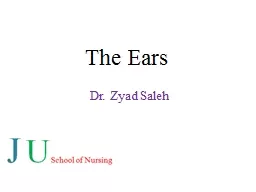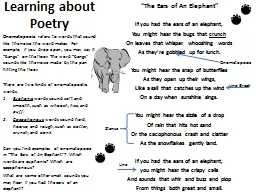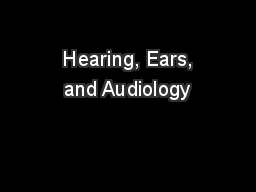PPT-The Ears Dr. Zyad Saleh
Author : tawny-fly | Published Date : 2019-03-17
Subjective Data Concerning symptoms of the ear are Hearing loss Earache otalgia Discharge otorrhea Tinnitus Vertigo During data collection the examiner should
Presentation Embed Code
Download Presentation
Download Presentation The PPT/PDF document "The Ears Dr. Zyad Saleh" is the property of its rightful owner. Permission is granted to download and print the materials on this website for personal, non-commercial use only, and to display it on your personal computer provided you do not modify the materials and that you retain all copyright notices contained in the materials. By downloading content from our website, you accept the terms of this agreement.
The Ears Dr. Zyad Saleh: Transcript
Download Rules Of Document
"The Ears Dr. Zyad Saleh"The content belongs to its owner. You may download and print it for personal use, without modification, and keep all copyright notices. By downloading, you agree to these terms.
Related Documents














